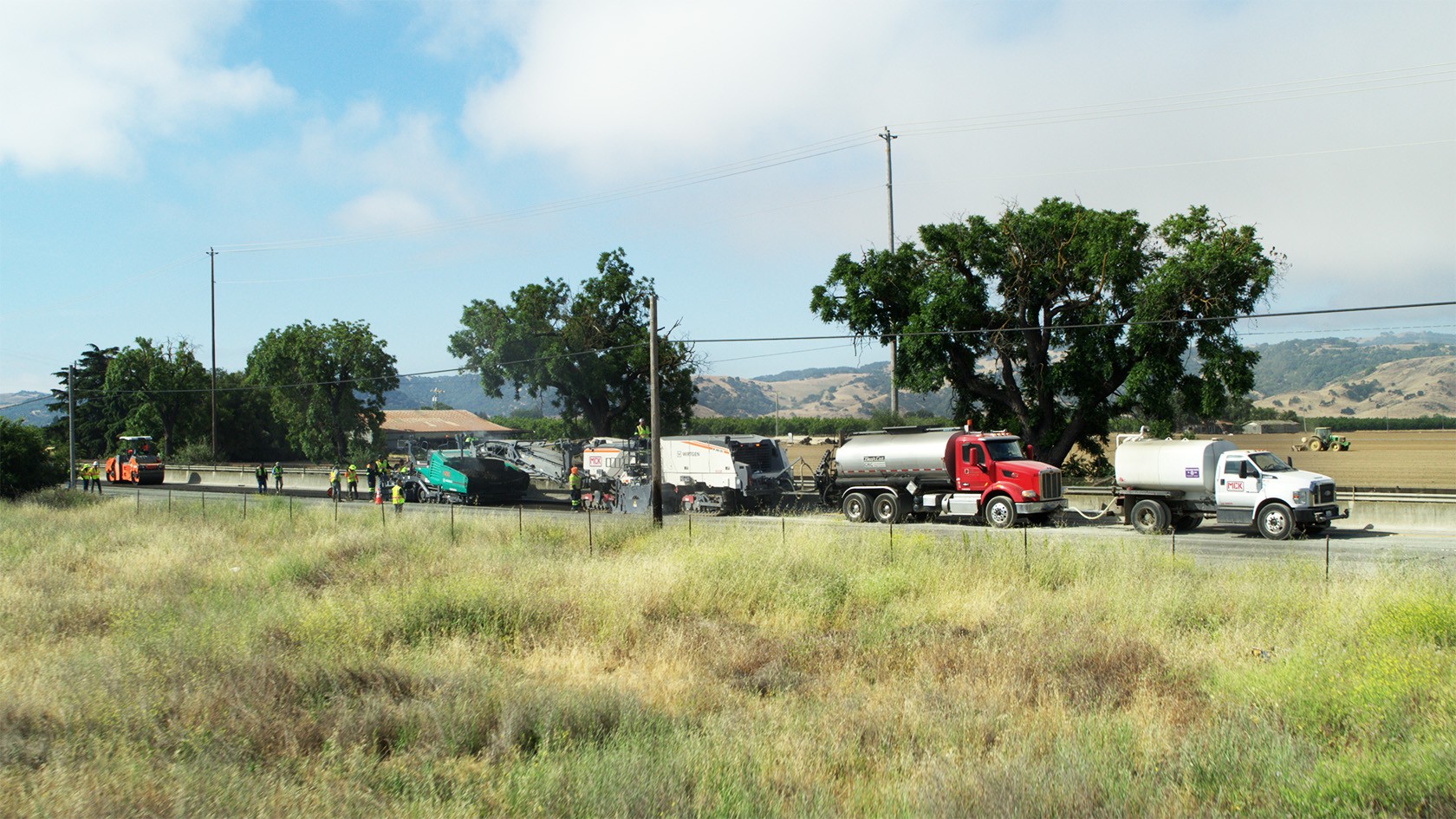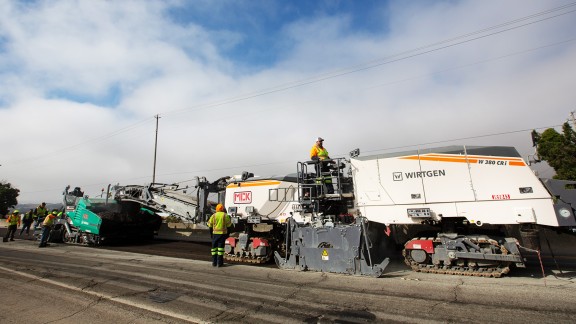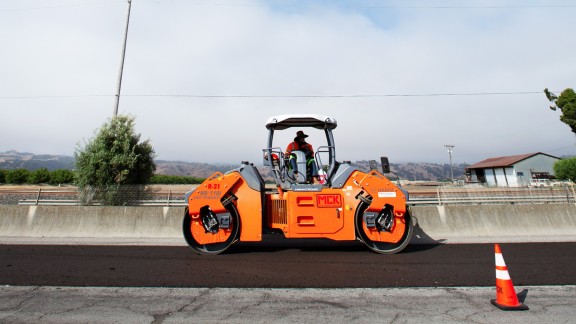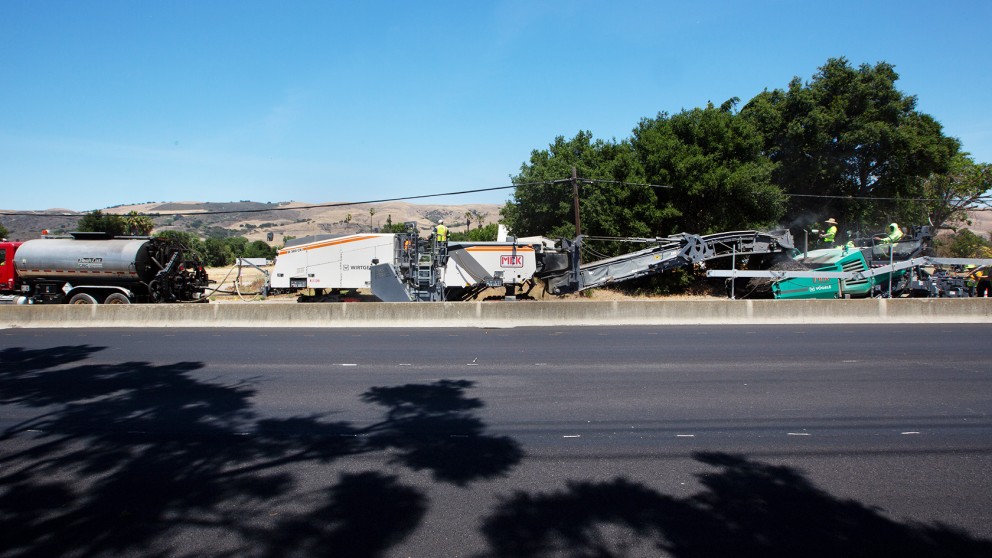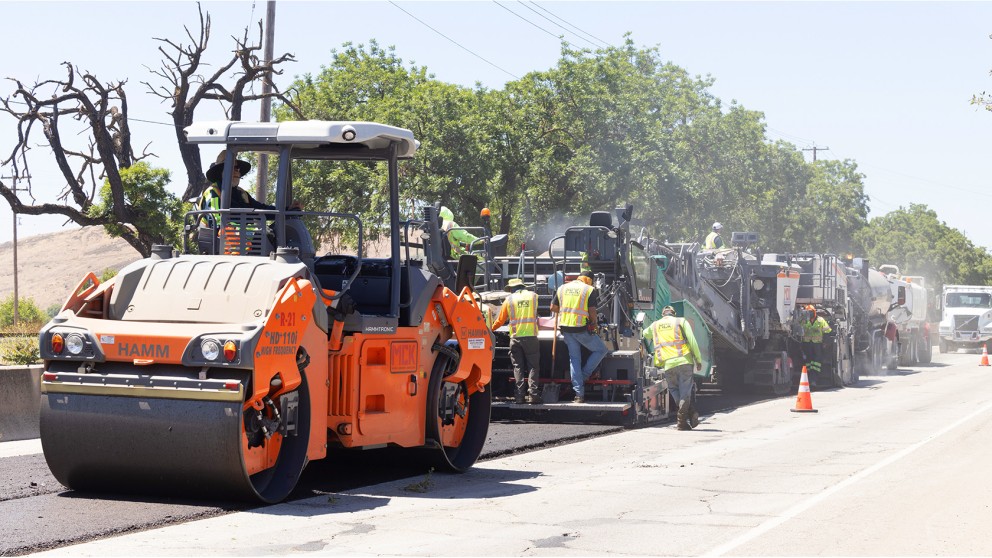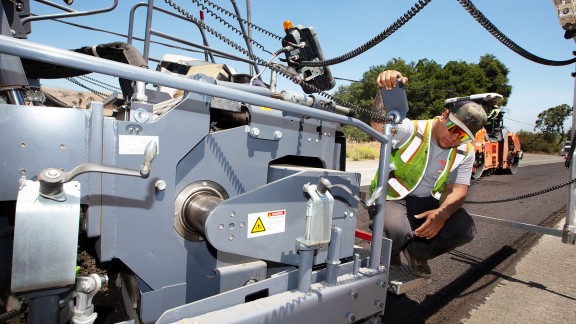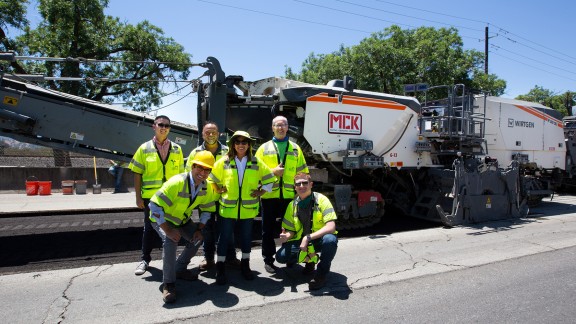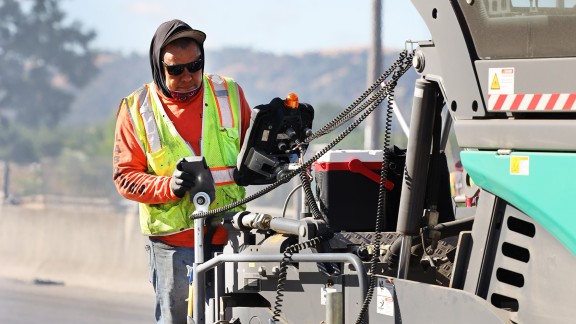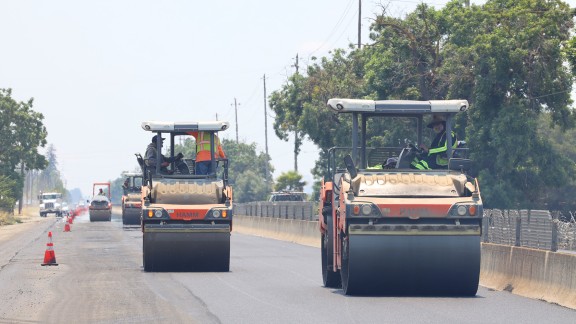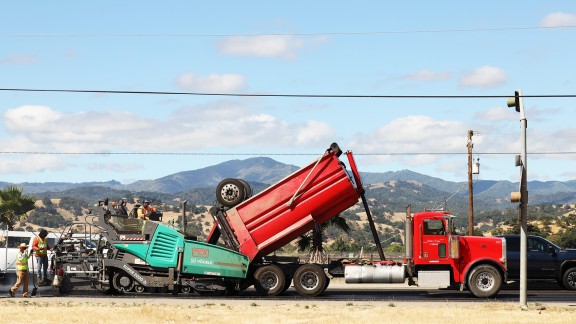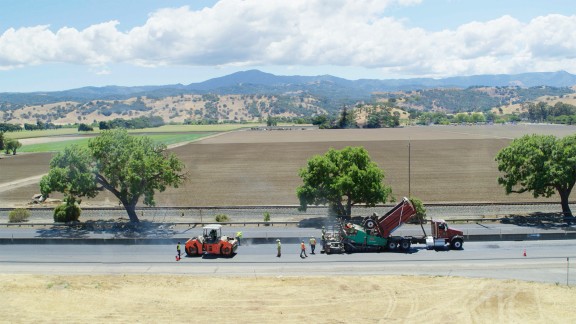550 Kilometers of Road in San José Already Rehabilitated with the Cold Recycling Method
“Like many other cities, we are always looking for ways to make our tasks more efficient and effective. At the same time, we make every effort to work with as little environmental impact as possible,” says Rick Scott, Deputy Director, Department of Transportation, Infrastructure Maintenance Division in San José, explaining the reasons for using the cold recycling method. Frank Farshidi, Division Manager Preventive Maintenance at San José’s Department of Transportation, is also convinced that cold recycling is the way to go: “The method is unique. The existing asphalt package on roads is recycled in situ without having to truck it away from the site. The lead contractor can conduct the project as a rolling construction site. They recycle 100% of the old pavement, which is much appreciated on our part. Particularly because our key targets are saving energy and sustainable, green construction. This technology fulfills our targets on both counts. Over the past seven years, we have rehabilitated almost 550 kilometers of road in San José with the cold recycling method.”
On the Monterey Road project site, the engineering company MCK Services worked with a W 380 CRi cold recycler. This Wirtgen cold recycler is designed and built for milling off pavement, mixing the milled asphalt material with one or more binding agents like cement or lime, bitumen emulsion, or foamed bitumen and repaving with the resulting mix in a single pass, and has a mixing performance of up to 800 t/h. Another characteristic feature of the CR series of machines is their ability to completely replace asphalt packages (Full Depth Reclamation, in short, FDR).
